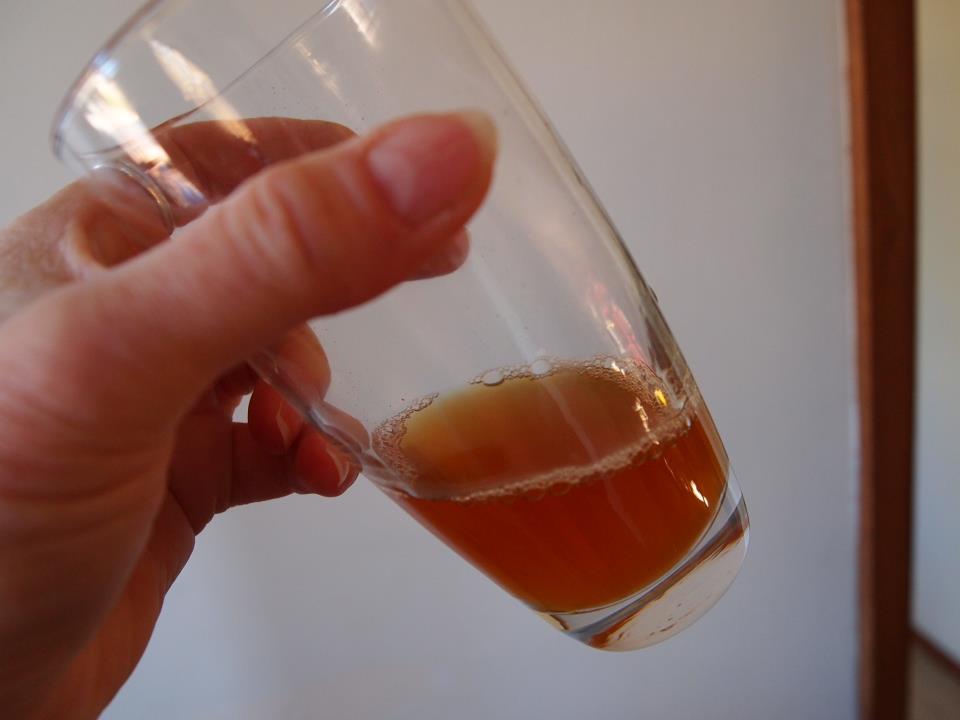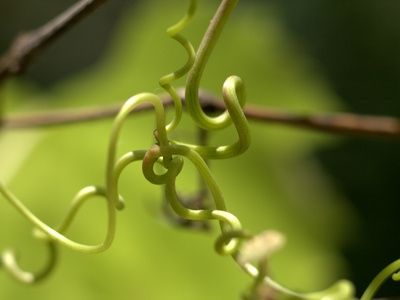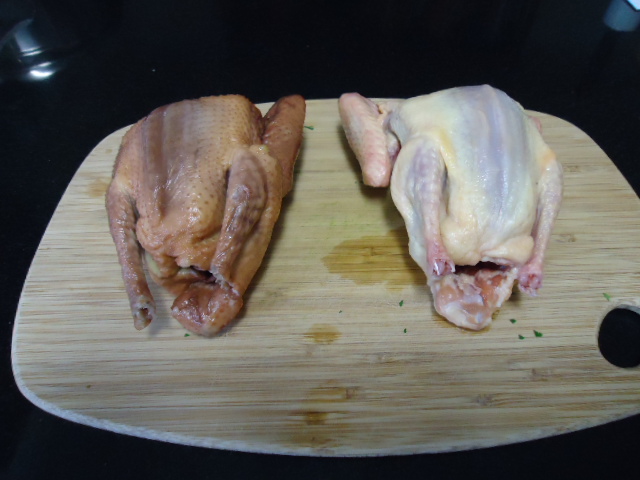The Best of the worst award this time goes to the Small Ale experiment. In theory you can preserve an ale wort in a tightly sealed sterilized container, for a later brewing. We purchased a plaster bucket with a sealable lid, and duly sterilized it. Into it went the water from re-boiling one of the brewing barley bags, so we could make a weak ale (Small Ale) in the last week to approximate the daily drink. From our resident brewer:
The small ale however was a failure unfortunately when we opened the container to pour into the fermenter it was covered in slime and stank , I was not going to even attempt to strain or go any further with this.
No Small Ale for us!
And sometimes things are just beyond your control - the Inter-Library Loan of the Dame Alice Breyne's household accounts from the 14th century and all the good Barley action that entails arrived the day after the Pentathlon entry was due... and five weeks after the request was submitted, and four weeks after the other books requested at the same time. Still it was interesting, and there will be useful stuff for our wheat entry.
And sometimes things are just beyond your control - the Inter-Library Loan of the Dame Alice Breyne's household accounts from the 14th century and all the good Barley action that entails arrived the day after the Pentathlon entry was due... and five weeks after the request was submitted, and four weeks after the other books requested at the same time. Still it was interesting, and there will be useful stuff for our wheat entry.



 RSS Feed
RSS Feed